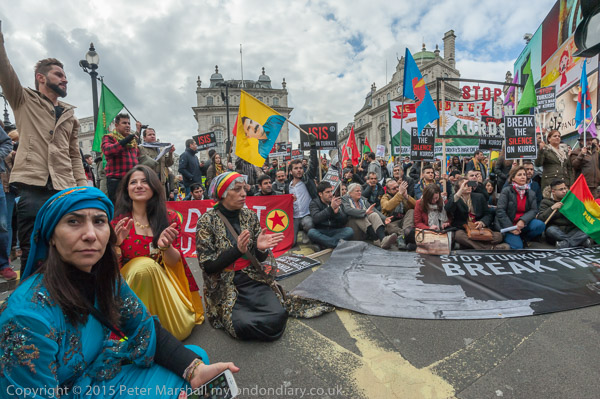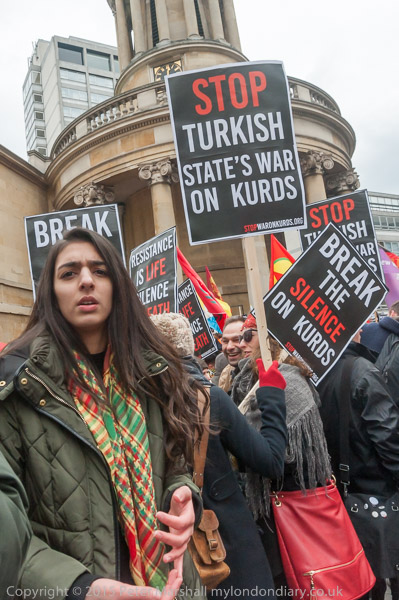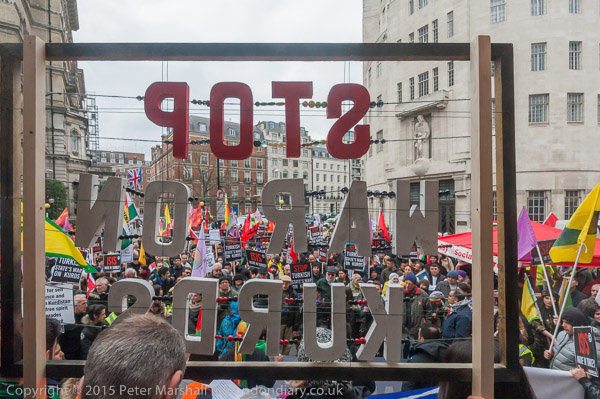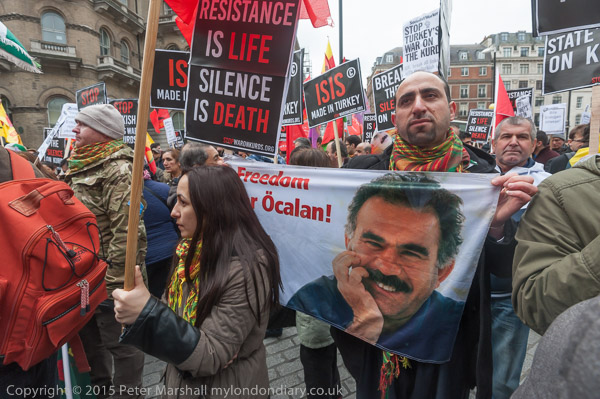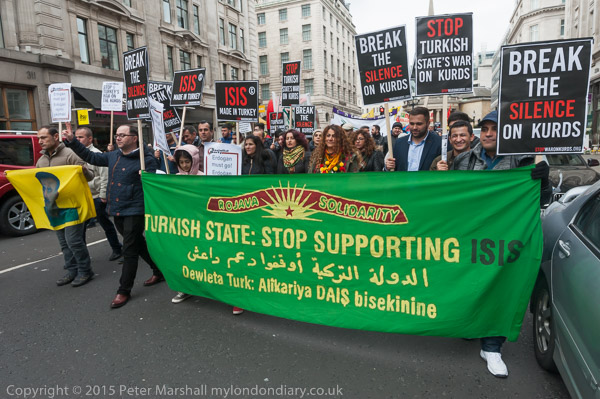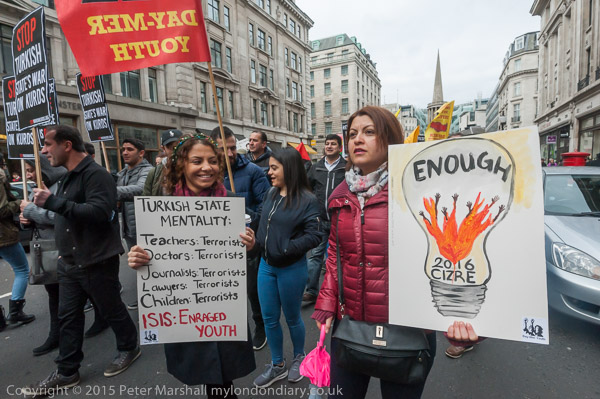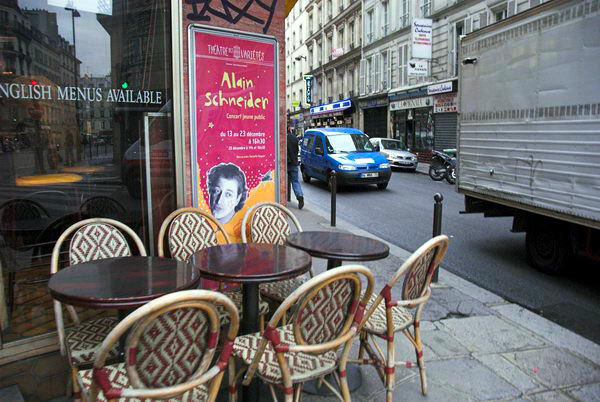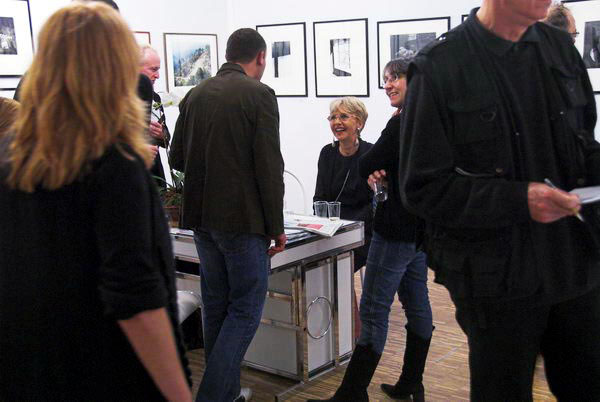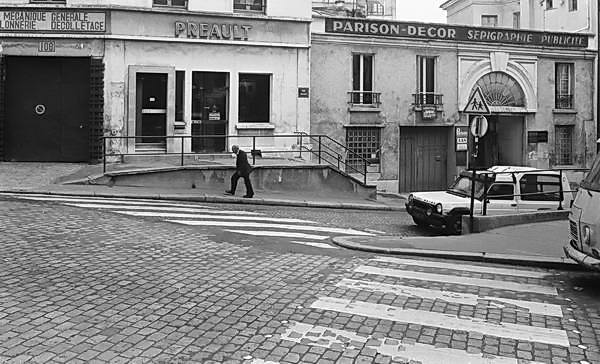As often happens, it was a feature on the New York Times Lens blog that set me thinking this morning , this time by Jonathan Blaustei, the ‘The Rarely Seen Photos by Jack London‘. It wasn’t the first time I had seen photographs by London, with a number of earlier article such as Spitalfields Life’s Jack London, Photographer, published a couple of years ago at the time that Tangerine Press and L-13 Light Industrial Workshop republished his classic study of London’s East End, The People of the Abyss including all all 80 original black & white ‘illustrations from photographs‘ of the first 1903 US publication.
Interesting though these are, the poor quality of the original reproduction (which I assume is faithfully reproduced in the republished version) perhaps makes it had to appreciate London’s qualities as a documentary photographer.
Those unfamiliar with London’s life and other works such as ‘The Call of The Wild’ (which I was intrdouced to at school many years ago) will find a good short biography in the Smithsonian Magazine marking the 100th anniversary of his death a few days ago. The feature does mention his photography but almost in passing, a surprising lacuna given the 2010 book Jack London, Photographer by Jeanne Campbell Reesman, Sara S. Hodson and Philip Adam, which used original negatvies from the California State Parks collection (and there is a Jack London State Historic Park) and the albums of original photographs in the Huntington Library Jack London collection (this has 200 images on-line but these don’t really represent his documentary work.)
The book includes images from the East End, where he dressed as a working man and lived with those he photographed and wrote about (an approach which later inspired George Orwell‘s 1933 ‘Down and Out in London and Paris‘ – though Orwell worked only in prose), his work as a war correspondent on the Russo-Japanese war for the Hearst press, the 1906 San Franciso Earthquake, sailing trips to the Hawaiian Islands, the Marquesas, Solomon Islands, and Bora Bora where he documented cultures he saw fated to disappear, and his final photographs of the 1914 Mexican Revolution two years before his death. You can read a review of the book by blogger Ron Slate.
This April The Daily Telegraph published a feature accompanying the release of a new book, ‘The Paths Men Take‘ by Contrasto Books which has 70 photographs from his four major photographic coverages, and more recently The Guardian got in on the act.
Unlike some other famous figures whose snapshots have been published in later years, London was clearly a serious photographer, taking over 12,000 photographs in his relatively brief career. He saw himself as a professional photographer and was taking his pictures to sell alongside his writing. He called his pictures ‘human documents‘ and while they lack the revolutionary and controversial power of his writing they bring to life the people and events that he photographed. He died on his ranch, aged only 40, having suffered from many serious illnesses on his travels, including scurvy in the Klondike and various tropical infections on his voyages, as well as life-long alcohol addiction on 22nd November 2016.

